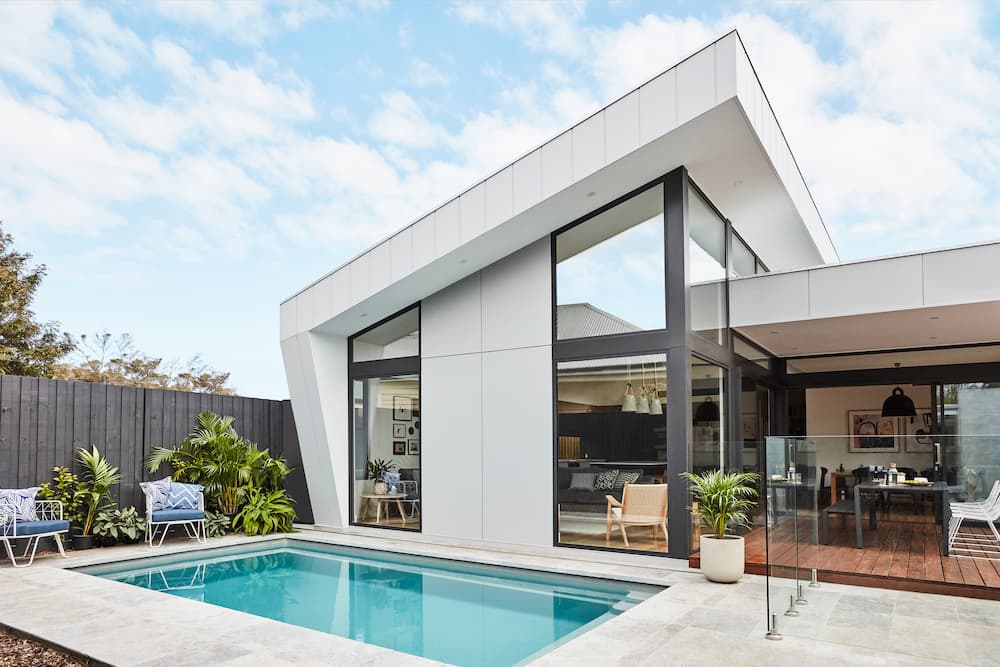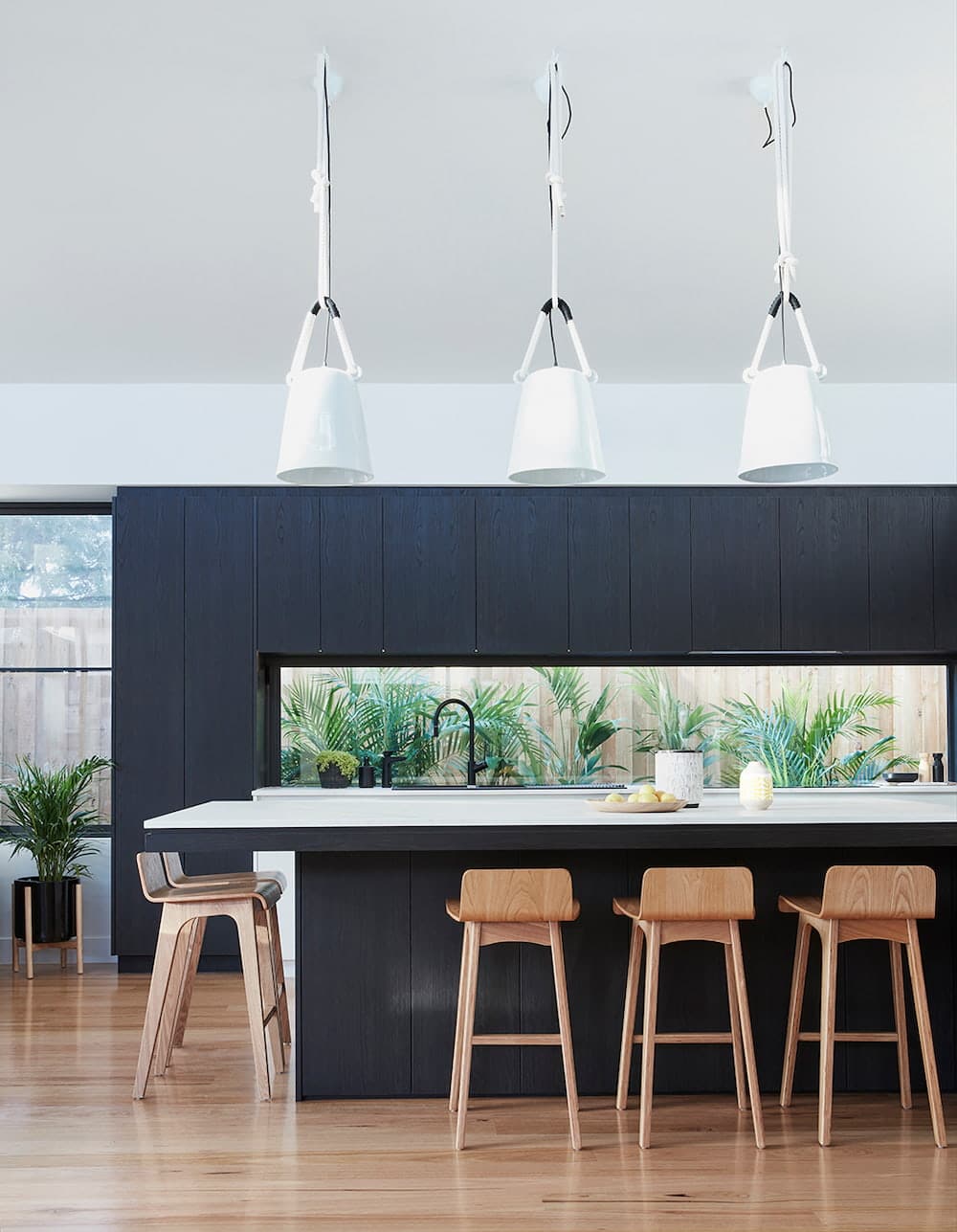Industry experts say Australian home design and renovations have undergone a “seismic lifestyle shift” following coronavirus lockdowns.
Industry data showed 44% of home buyers had changed their property preferences to include an increased focus on hygiene and a rally against shrinking block sizes.
Experts from global building materials company, James Hardie, talk us through the trends influencing homes in 2021.
More life in style
Helen Simpson, James Hardie insights manager, said the beginning of 2020 saw increased interest in more sustainable ‘micro-homes’ and an acceptance of shrinking block sizes in metro areas; however, less than a year later, homes had also become offices and gyms.
“Today, homeowners, especially working couples buying their first property, are looking for more separate spaces such as home offices, while maintaining the scale of open plan living,” Helen said.
“In fact, nearly half (48%) of homeowners that changed their home priorities are now looking for a home office or study nook, while over a quarter (28%) wanted additional living spaces.”
Architect Joe Snell said families were spending more time sharing the same space and there was a greater need for areas of connection as a family and separate retreats for privacy.
“Floor plans that separate bedrooms and home offices with a central living-dining area work well,” he said.
“When developing multiple shared and private areas, it’s important to make the most of the space you have,” Joe said.
“If you’re adding an extension or second floor to a property, consider the thickness of your walls.
“For example, fibre cement cladding will add just 9mm, while a brick veneer adds 130mm.
“For a 250 square metre single level you could gain almost 10 square metres, which is enough for a study nook, a powder room, or some essential storage.”
Moving for size
Working from home has reduced the need to be physically tied to a location and opened up new property opportunities.
Helen said their research indicated Gen Y were considering moving to the suburbs for detached home ownership, but would still consider apartment living near their family, if it had sufficient room.
“Across all age groups, data shows that 23% of Australians have changed their home preferences during 2020 and are now considering a move out of the city,” she said.
“On the other end of the spectrum, downsizers, who are largely 60-plus-year-old retirees and account for approximately 14% of homeowners, are looking to escape the city for a smaller beachside location.
“They’ve bought or built enough homes to know what they want and have the money to get it and COVID-19 has only motivated them.”

Rising renos: bedroom, bathroom and beyond
Helen said “home isolation” had provided owners with time to reflect on potential improvements to their properties and leading industry bodies were expecting a growth in renovations such as kitchen and bathroom updates.
“Additionally, the HomeBuilder initiative is expected to support more than 10,000 projects in 2021,” she said.
Natalee Bowen from interior design company, Indah Island, said the ability to capture the holiday feeling in outdoor spaces has also become increasingly important.
“The idea of creating a sanctuary at home is not new, but it has certainly become a driving force in 2021,” she said.
“This ties into the existing trend for indoor-outdoor design that meets the lifestyle needs of the owners and is especially important to first home buyers and young couples.
“This emphasis on blending interiors and exteriors is driving the trend for continuity in colour palettes, materials and textures between spaces.”
Property prices
While forecasters anticipated house prices across the country would decline in response to the pandemic recession, they in fact rose by 3.1% year-on-year at the end of 2020. With land prices rising, there is a downward pressure on build costs.
“No matter the property, there is normally a compromise between costs and the dream home people are trying to build and according to industry data, these decisions will be affected by growing house prices,” Helen said.
“As such, consumers should make very clear budgets and leave additional funds for unexpected costs.
“From there, they should work with their builder to find cost-effective options and substitutions to get the look, while maintaining quality.”
Mixed looks
Homeowners want their properties to reflect their style, especially those on their fourth home or higher who have gained more confidence and capability.
Joe Snell said homes with little architectural shape can be enhanced by varying lines, textures, and colours.
“A mixed cladding look can reflect a well-known style or a unique personal one,” he said.
“By incorporating a larger range of materials, the look opens up almost endless design possibilities, perfect for people who have rediscovered their creative sides during lockdowns.”
For more news:



